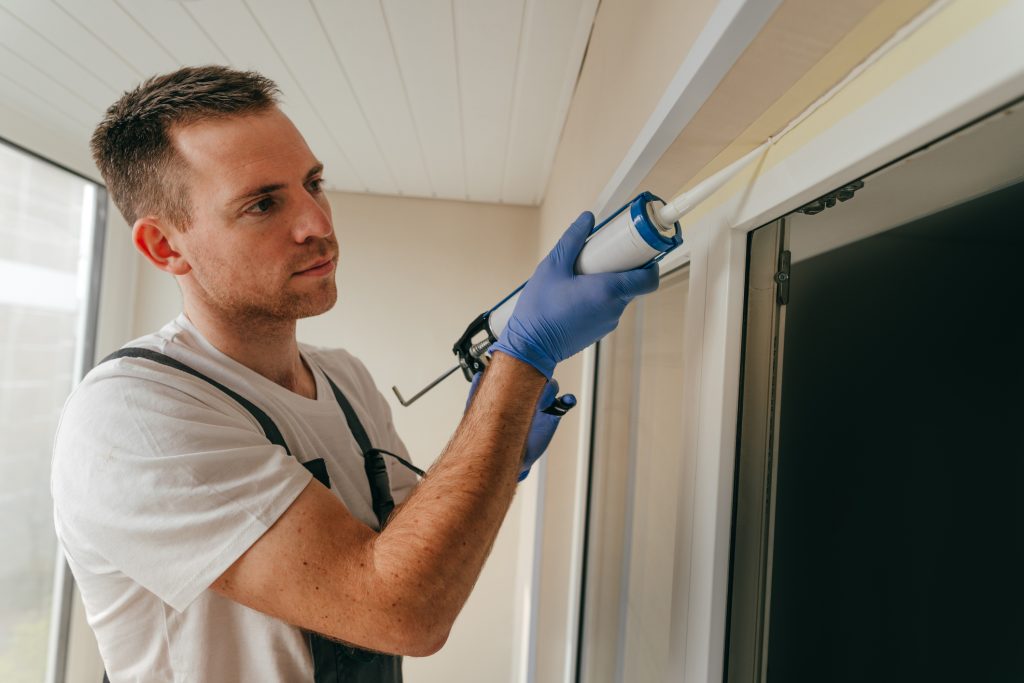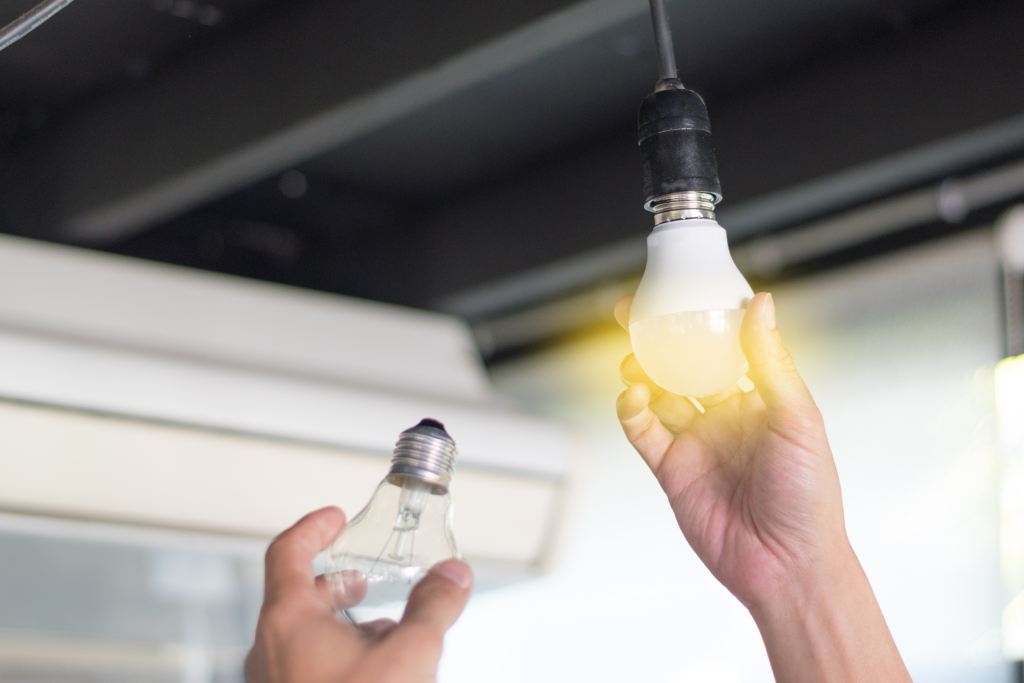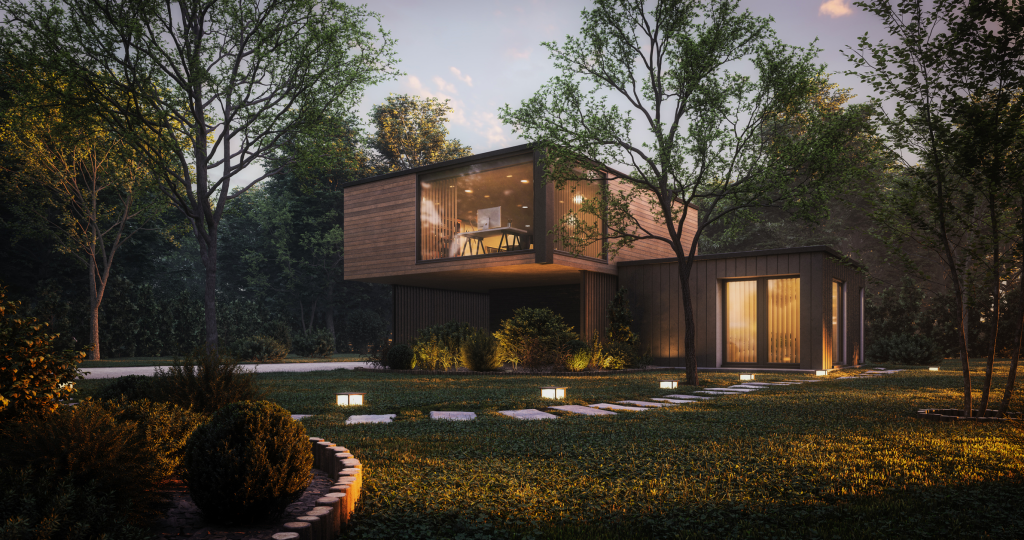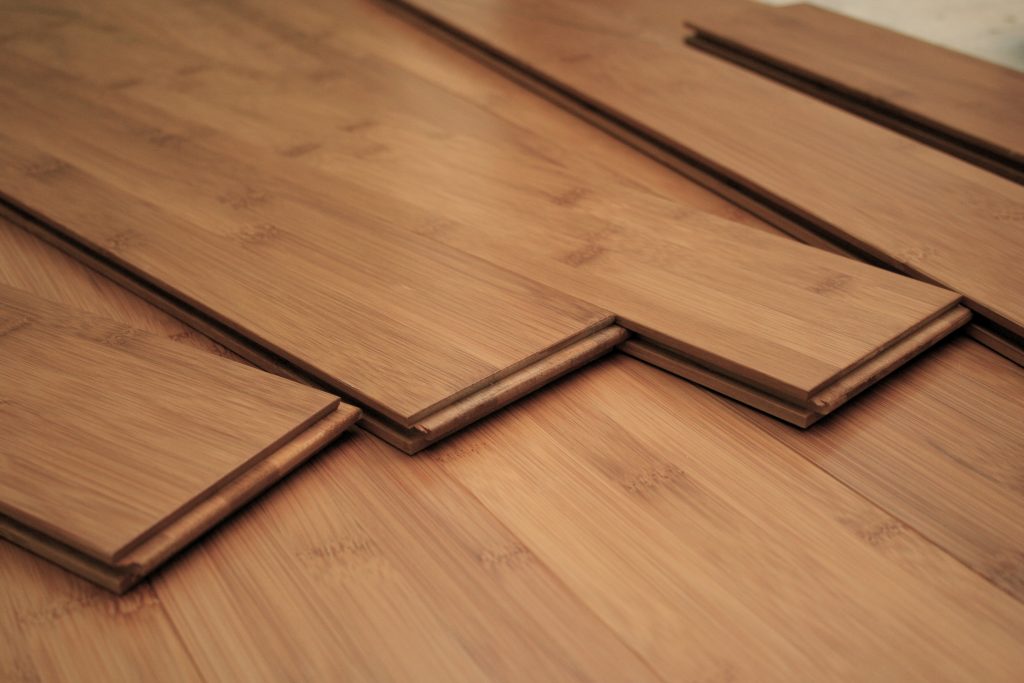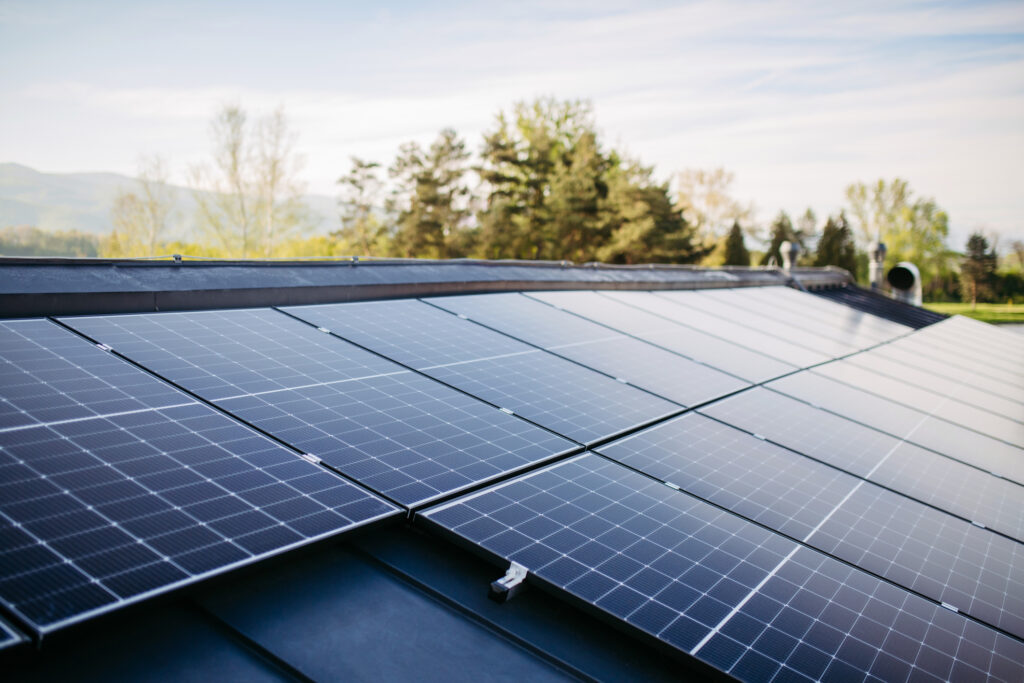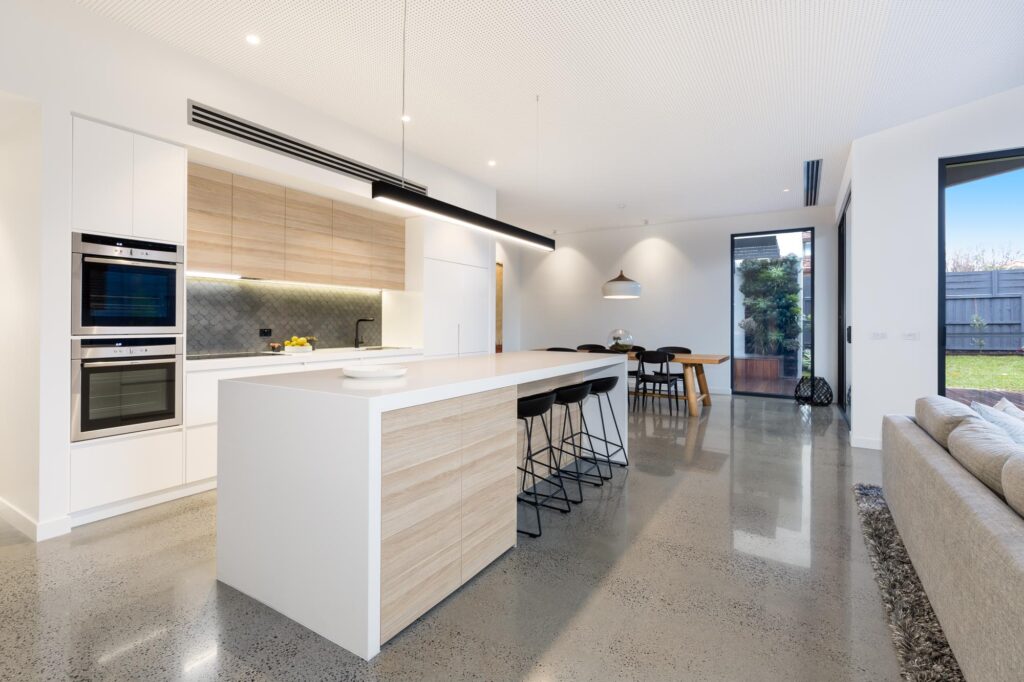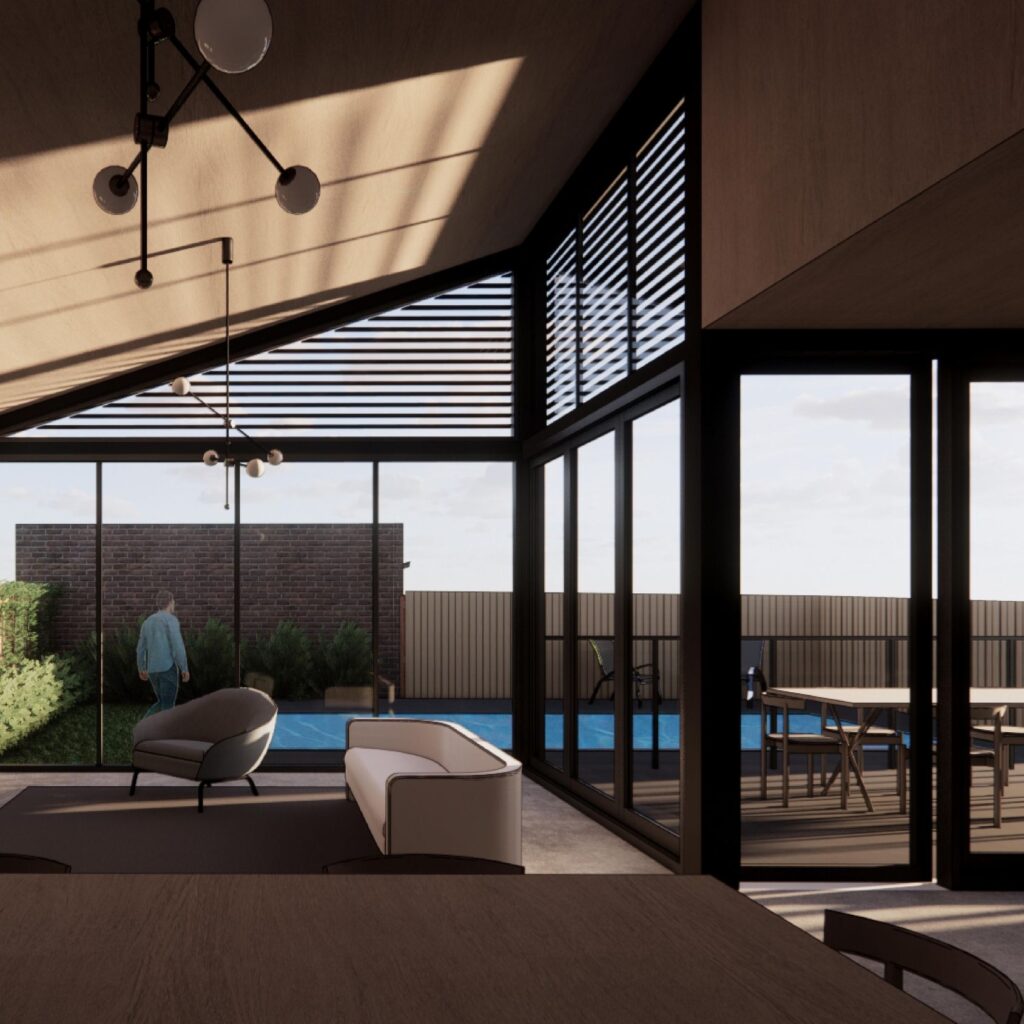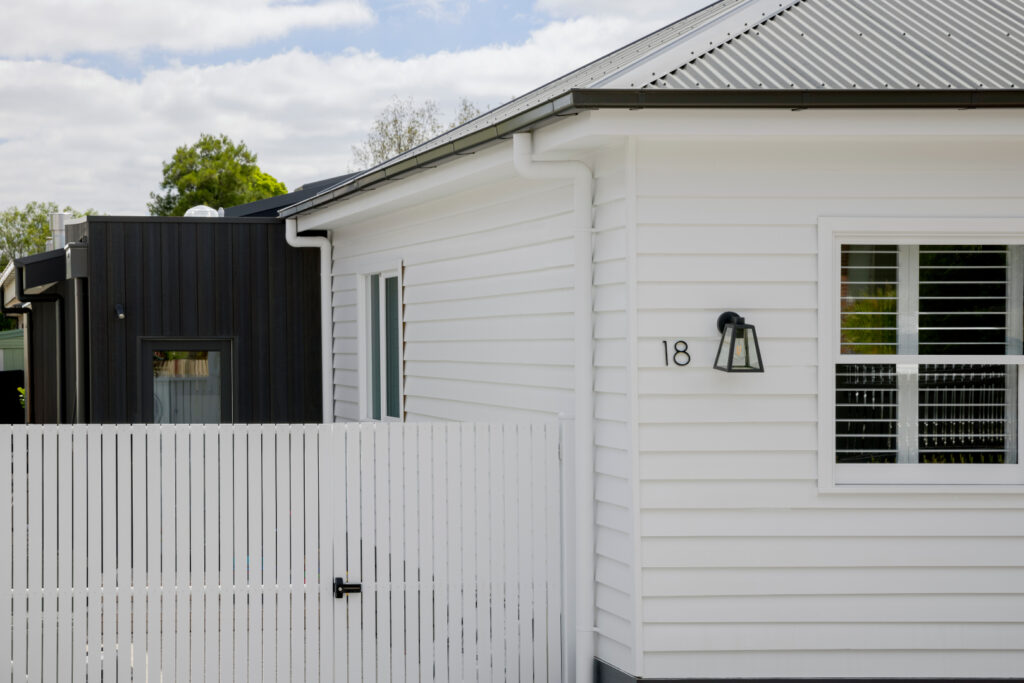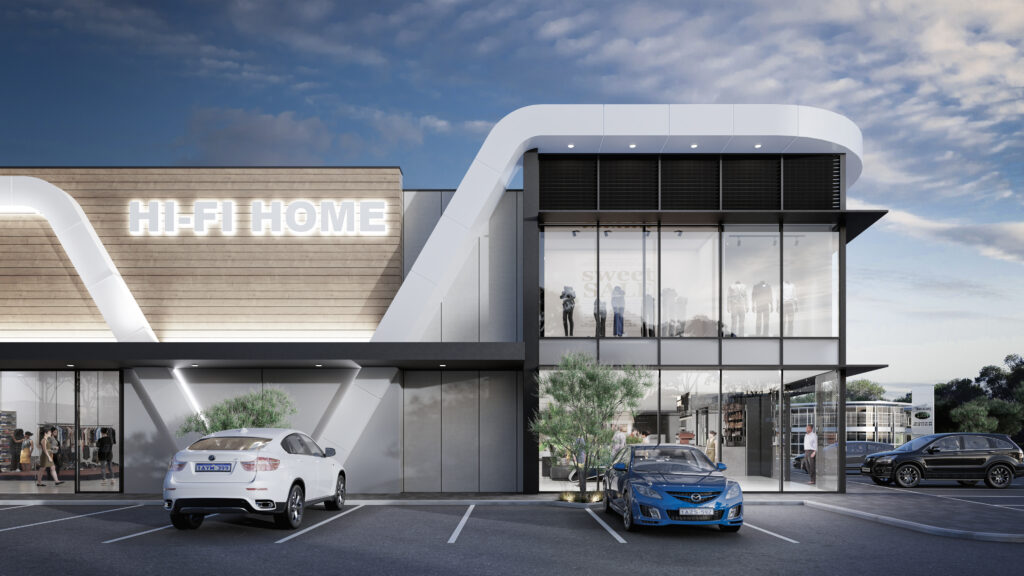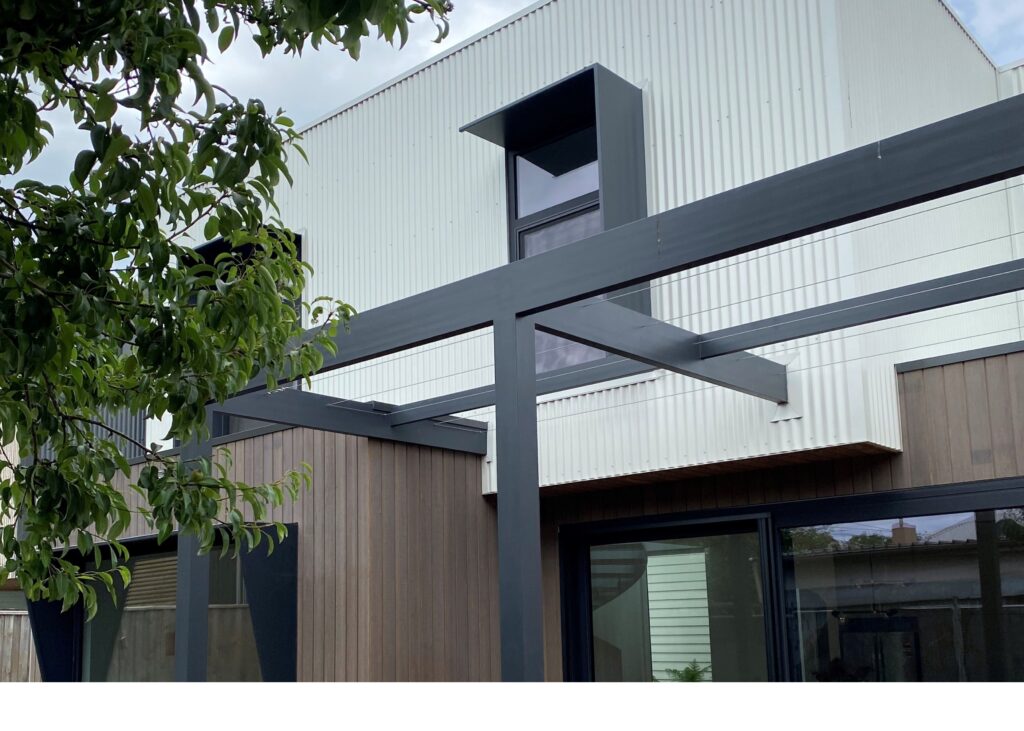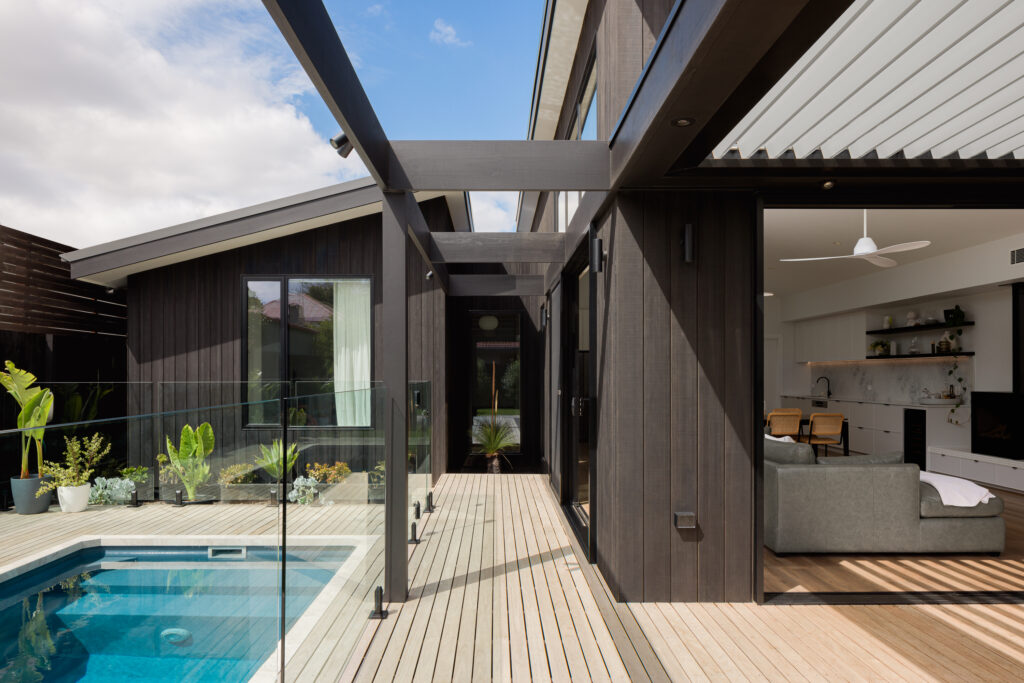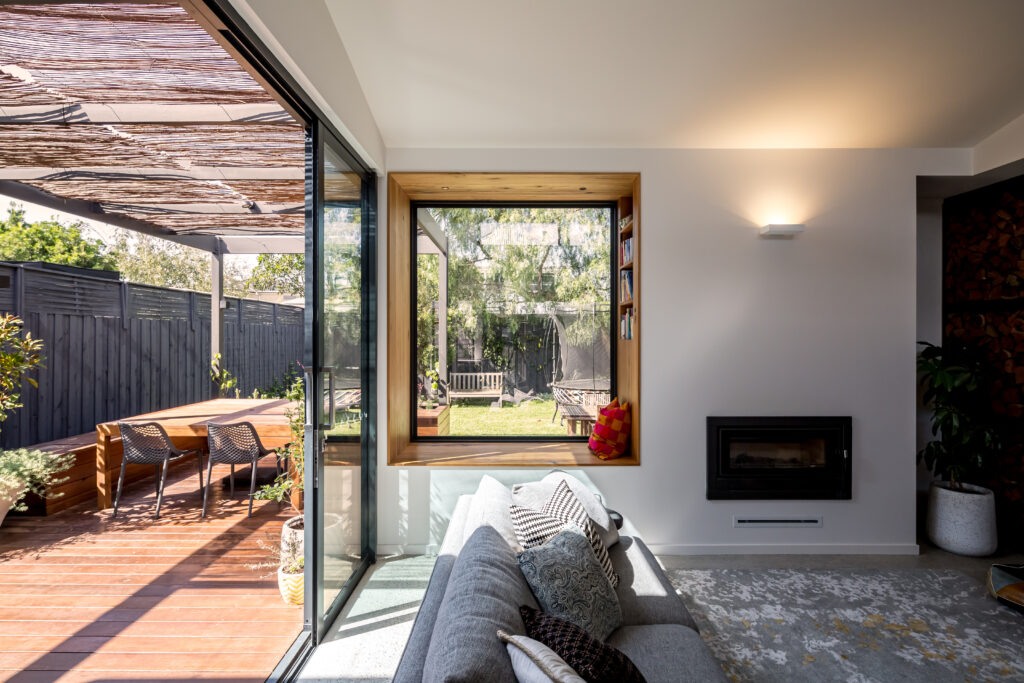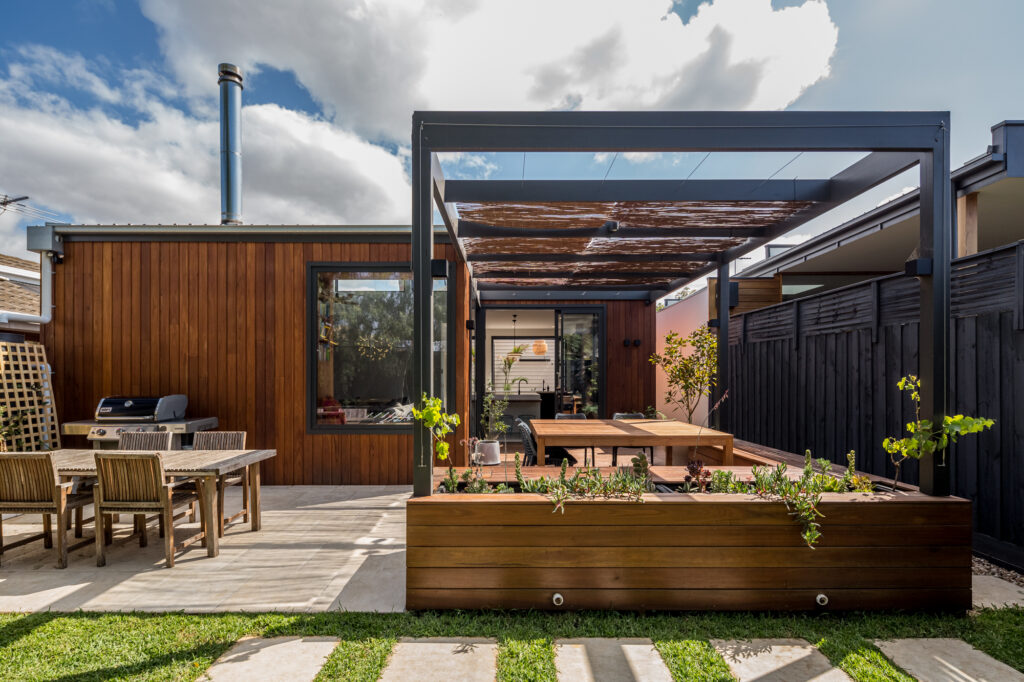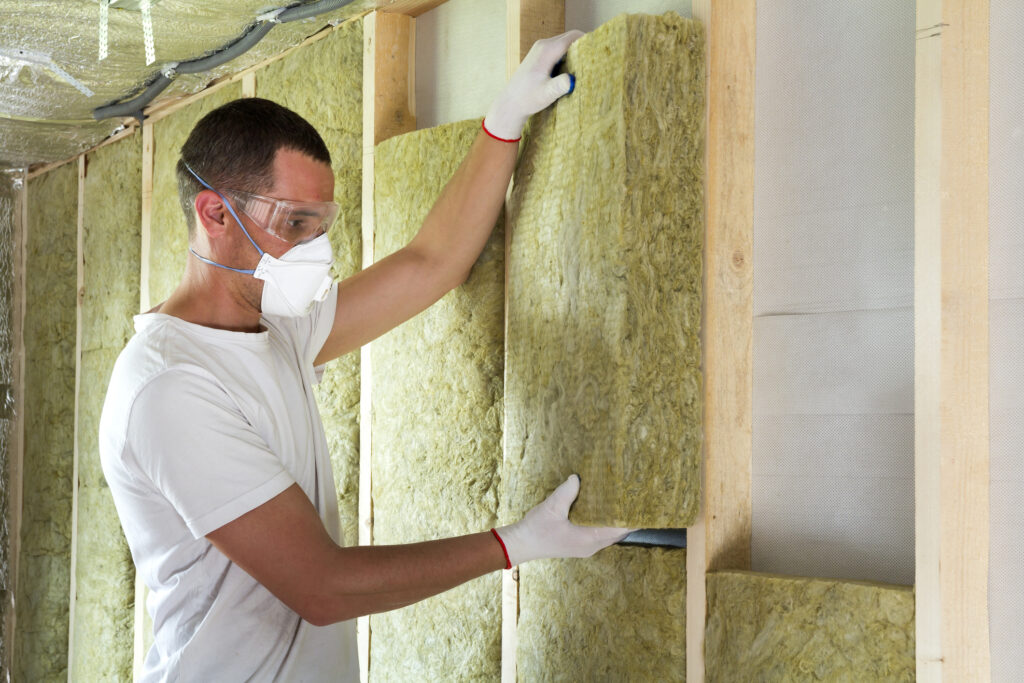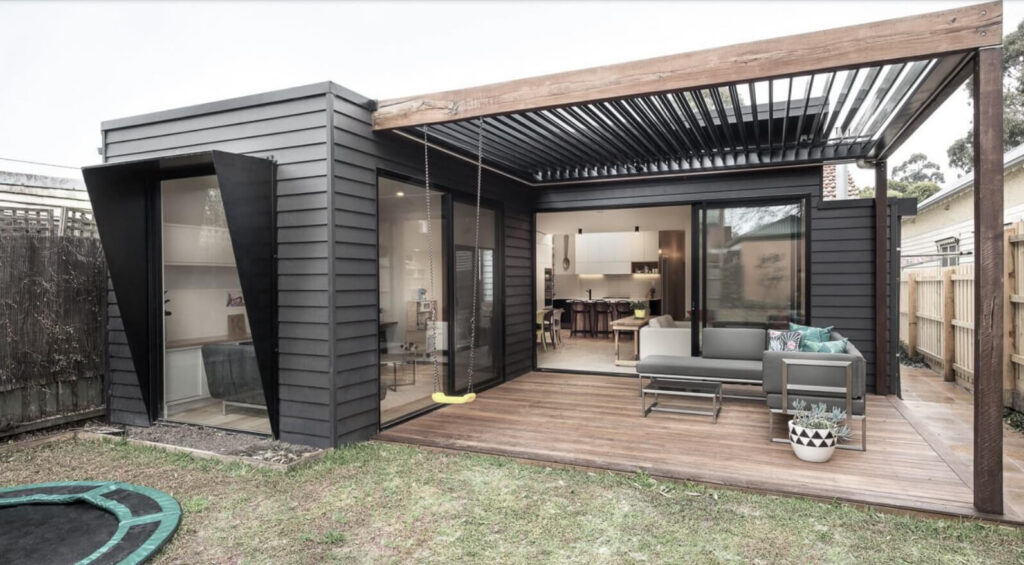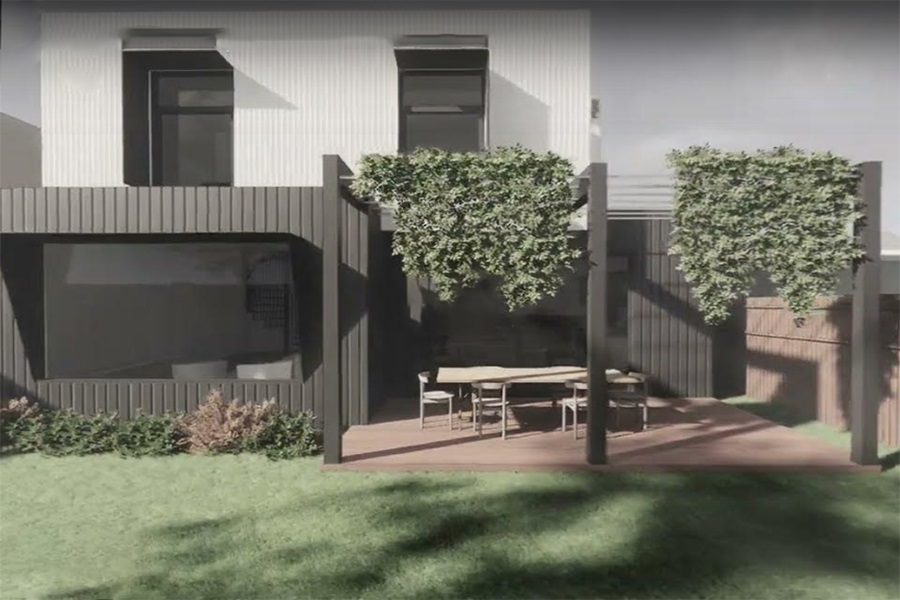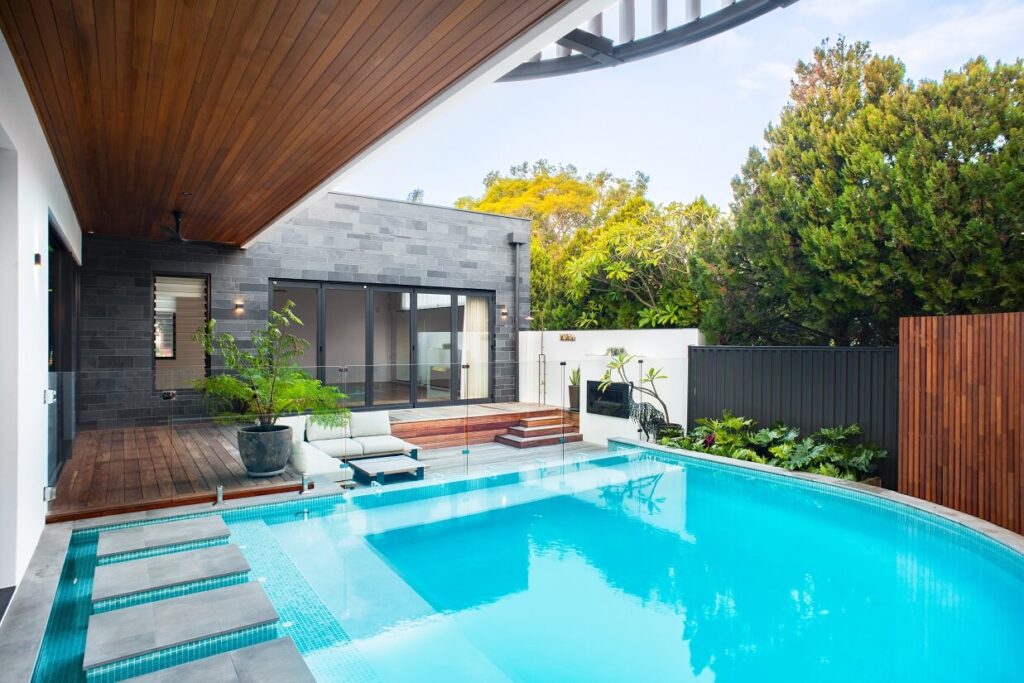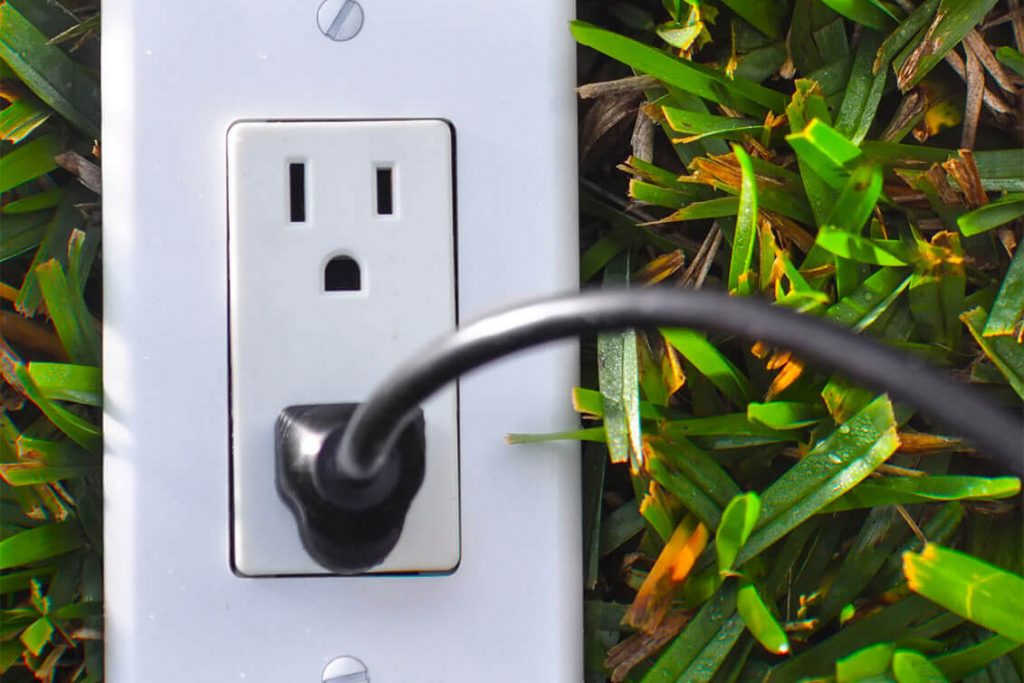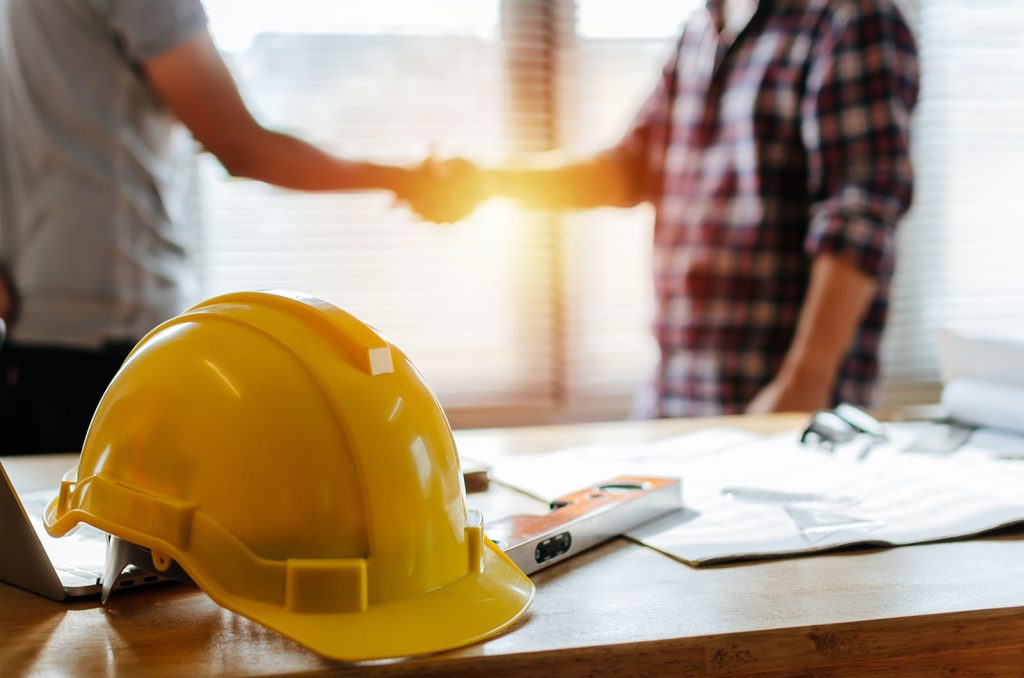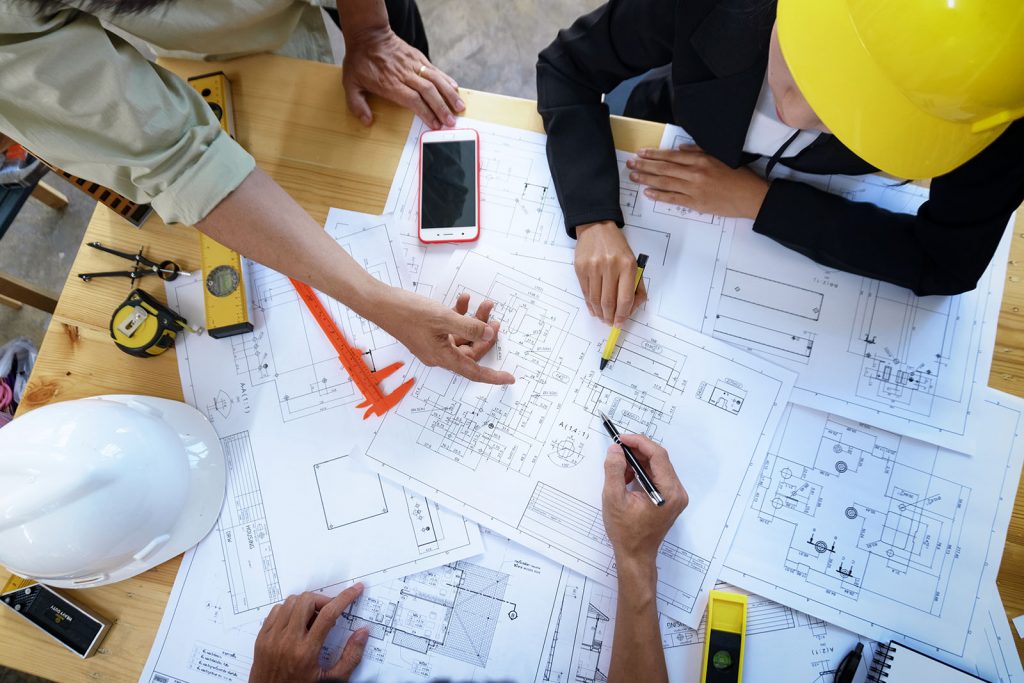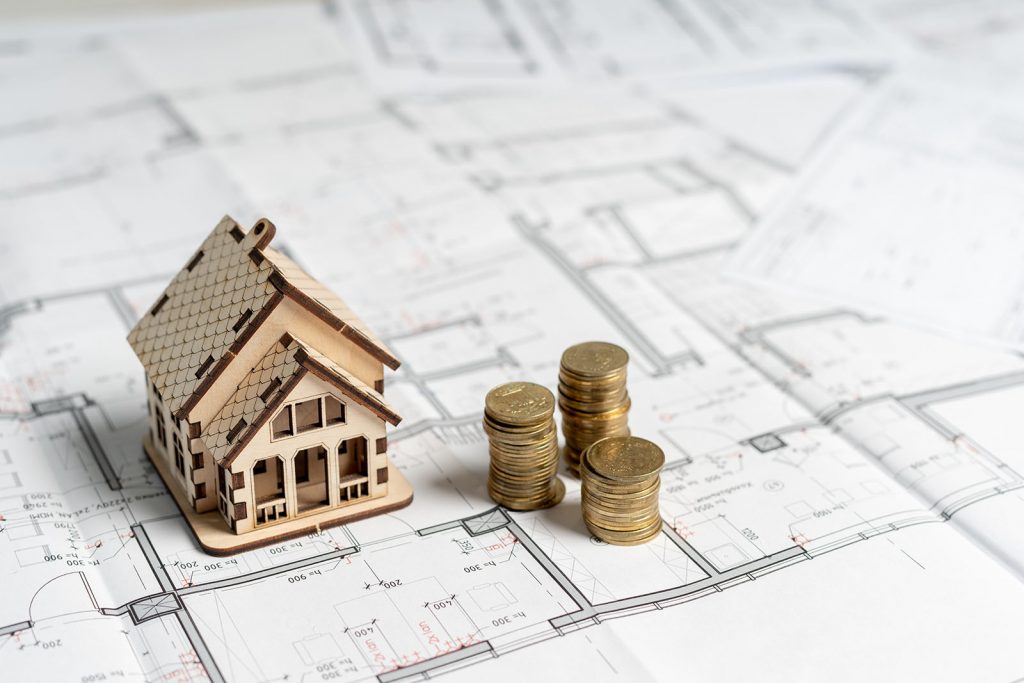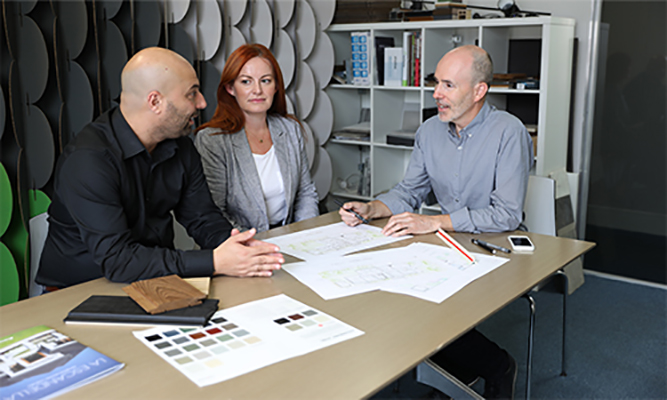10 Essential Tips for Improving Your Home’s Energy Efficiency
Sustainability is no longer a buzzword; it’s a necessity! Improving your home’s energy efficiency is not just about saving on utility bills – it’s about contributing to a greener planet. Whether you’re a Melbourne homeowner looking to renovate or planning a new build, these 10 essential tips will guide you towards a more energy-efficient abode.
“Architecture is the thoughtful making of space.” – Louis Kahn, an Estonian-born American Architect
Tip No. 1: Embrace Passive Design Principles
Before you even think about solar panels, start with the basics. According to an article in the Washington, D.C. Department of Energy, in simple terms, a passive solar home collects heat as the sun shines through south-facing windows and retains it in materials that store heat, known as thermal mass.
The share of the home’s heating load that the passive solar design can meet is called the passive solar fraction, and depends on the area of glazing and the amount of thermal mass. The ideal ratio of thermal mass to glazing varies by climate. Well-designed passive solar homes also provide daylight all year and comfort during the cooling season through the use of nighttime ventilation.
Tip No. 2: Upgrade Your Insulation
Insulation is like a warm hug for your house. It keeps the heat in during winter and out during summer, making your home more comfortable and reducing the need for heating and cooling. Check your roof, walls, and floors to ensure they’re adequately insulated.
Tip No. 3: Seal the Deal with Weatherproofing
Gaps and drafts are the enemies of energy efficiency. Seal up any leaks around doors, windows, and electrical outlets to prevent warm or cool air from escaping. It’s a simple and cost-effective way to improve your home’s energy performance.
Tip No. 4: Install Energy-Efficient Windows
Windows can be a significant source of heat loss. Double-glazed or low-emissivity windows can reduce heat transfer, keeping your home warmer in winter and cooler in summer. Plus, they can reduce noise pollution – a win-win!
Tip No. 5: Choose Energy-Efficient Appliances
When it’s time to replace your appliances, look for the Energy Star rating. Energy-efficient appliances use less electricity and water, saving you money on bills and reducing your carbon footprint.
Tip No. 6: Switch to LED Lighting
Incandescent bulbs are so last century. LEDs are the way to go for energy-efficient lighting. According to an article in ScienceABC, they use up to 75% less energy and last 25 times longer than traditional bulbs. Plus, they’re available in various colours and styles to suit your home’s aesthetic.
Tip No. 7: Harness the Power of Solar Energy
Solar panels are an excellent investment for long-term energy savings. They convert sunlight into electricity, reducing your reliance on the grid. Plus, with government incentives and rebates, they’re more affordable than ever.
“Solar energy is bound to be in our future. There’s a kind of inevitability about it.” – Jim Inhofe, a Politician
Tip No. 8: Invest in a Smart Thermostat
A smart thermostat can learn your heating and cooling preferences and adjust the temperature accordingly. It can also be controlled remotely, allowing you to turn off the heating or cooling when you’re not home, saving energy and money.
Tip No. 9: Use Water Wisely
Water efficiency is an often overlooked aspect of energy efficiency. Low-flow fixtures and water-efficient appliances can reduce water usage and the energy required to heat it. Collecting rainwater for use in the garden is another great way to conserve water and energy.
Tip No. 10: Consult with Energy-Efficient Building Designers
If you’re planning a renovation or new build, working with a building design company can make a huge difference. Find a trustworthy firm that specialises in creating contemporary, energy-efficient homes that suit the Melbourne lifestyle. Assure that their expertise in sustainable design can help you incorporate these tips and more into your home, ensuring it’s not only beautiful but also energy-efficient.
Improving your home’s energy efficiency is a journey, not a destination. By implementing these tips, you can reduce your energy consumption, save money, and contribute to a more sustainable future. And if you’re looking for expert guidance, schedule a free consultation with Mesh Design Projects. We are just a call away, ready to help you create a home that’s as energy-efficient as it is stylish.
FAQs
What are passive design principles?
Passive design principles involve using the sun’s natural energy to heat and cool your home, minimising the need for artificial heating and cooling. This includes positioning windows, walls, and floors to optimise solar energy in winter and reduce heat gain in summer.
How important is insulation in improving home energy efficiency?
Insulation is crucial for maintaining a comfortable indoor temperature and reducing the need for heating and cooling. It acts as a barrier, keeping warm air inside during winter and hot air outside during summer, leading to significant energy savings.
What are the benefits of sealing gaps and drafts in my home?
Sealing gaps and drafts prevents warm or cool air from escaping, enhancing your home’s energy efficiency. It’s a cost-effective way to reduce energy consumption and improve comfort by maintaining a consistent indoor temperature.
Why should I choose energy-efficient windows?
Energy-efficient windows, such as double-glazed or low-emissivity windows, reduce heat transfer and improve insulation. They help keep your home warmer in winter and cooler in summer, leading to lower energy bills and increased comfort.
How do energy-efficient appliances contribute to a more sustainable home?
Energy-efficient appliances use less electricity and water, reducing your environmental impact and saving you money on utility bills. They are designed to perform the same tasks with less energy, making them a smart choice for a sustainable home.
Why are LED lights considered more energy-efficient?
LED lights use up to 75% less energy and last 25 times longer than incandescent bulbs. They are a cost-effective lighting solution that reduces energy consumption and the need for frequent replacements.
What are the advantages of installing solar panels?
Solar panels convert sunlight into electricity, reducing your reliance on the grid and lowering your energy bills. They are a sustainable energy source that can provide long-term savings and reduce your carbon footprint.
How can a smart thermostat improve my home’s energy efficiency?
A smart thermostat can learn your heating and cooling preferences and adjust the temperature accordingly. It allows you to control your home’s temperature remotely, ensuring that you’re not wasting energy when you’re not at home.
Elevate your home’s energy efficiency with expert guidance from Mesh Design Projects – start your journey with a free consultation today!
